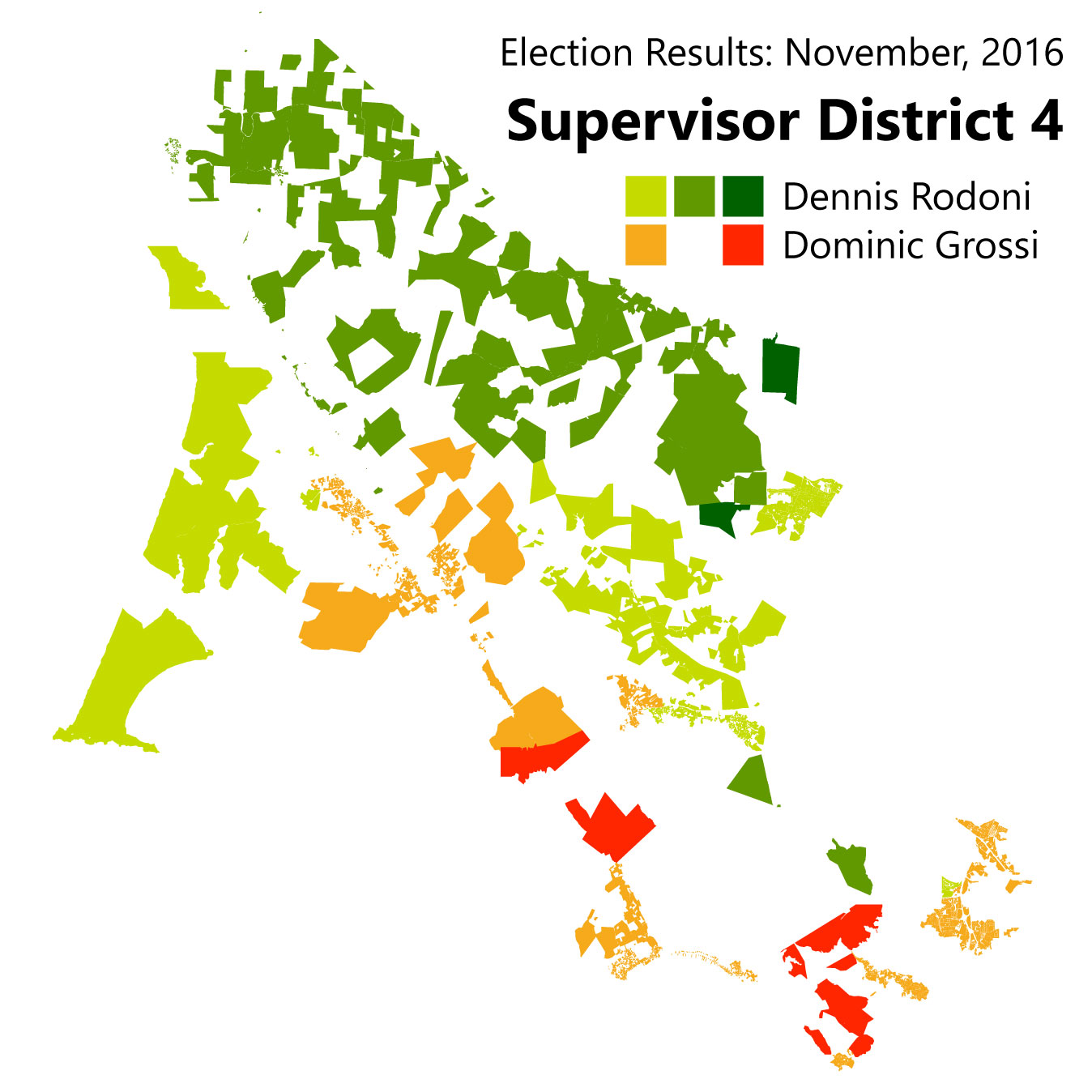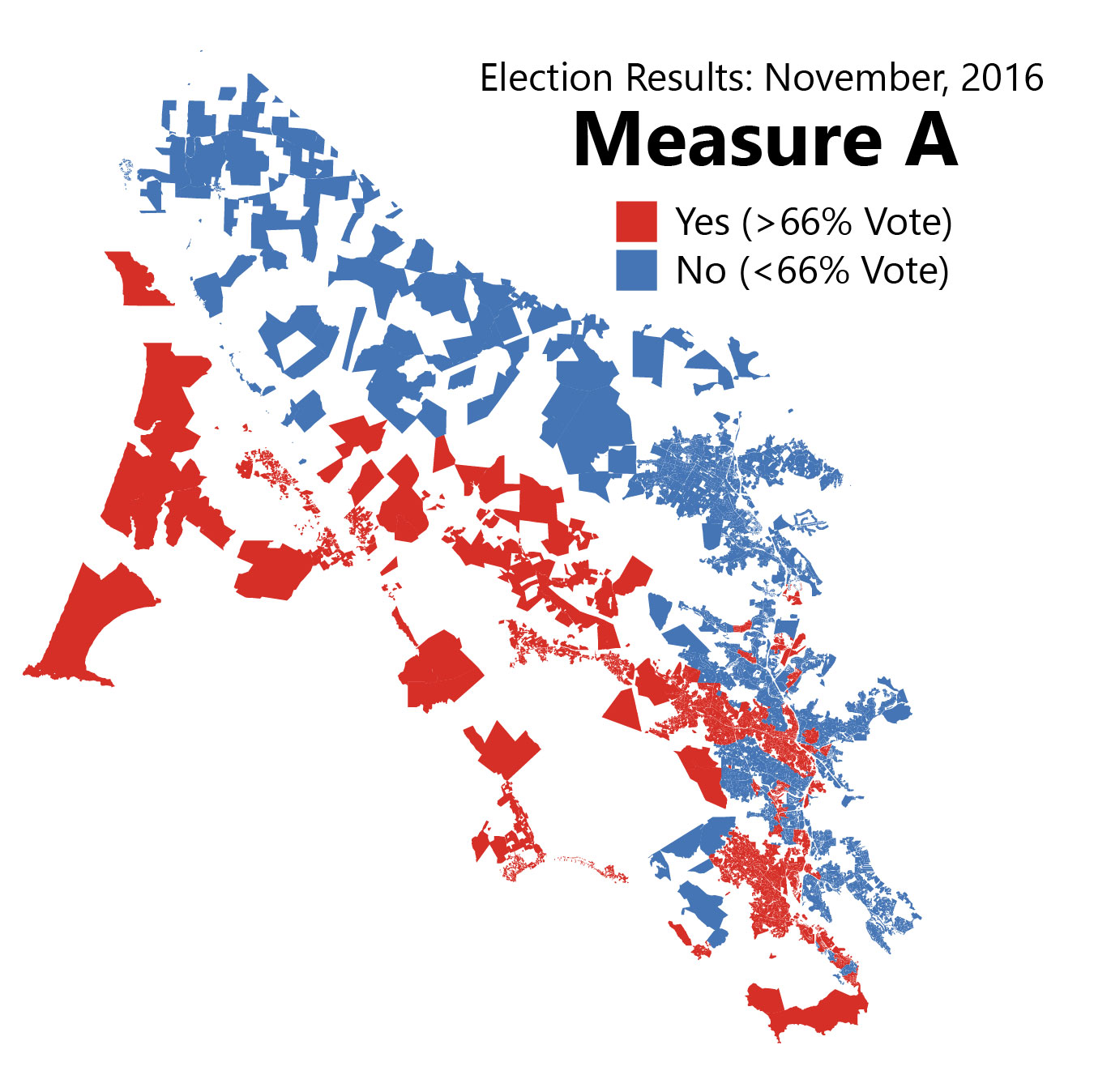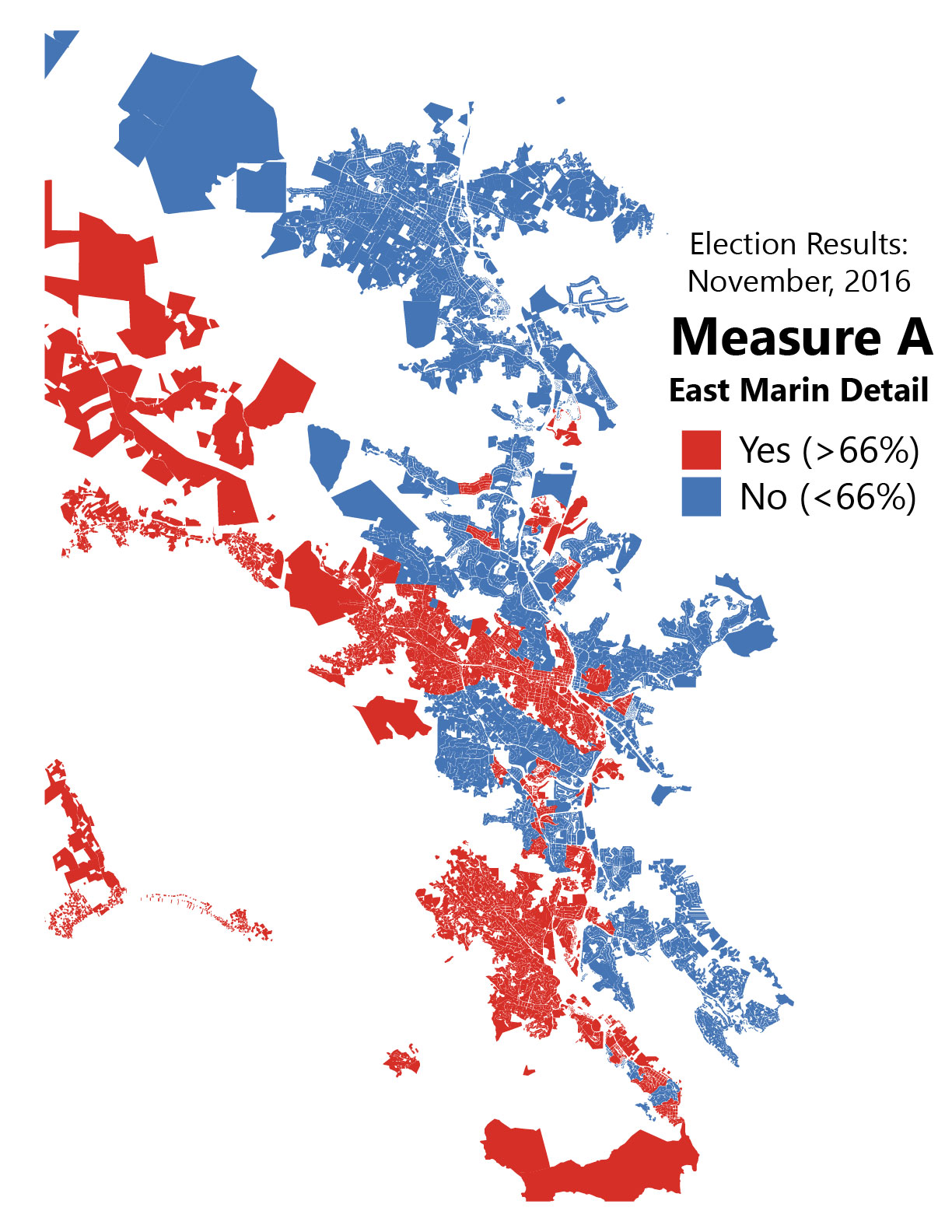Update: SMART just reached out to me with news that they are looking at the schedule again based upon the feedback they've received, so stay tuned for a new schedule.
By now, word of the final SMART schedule is out, and the response is relatively negative. The schedule (PDF here) has a 90-minute gap right at the heart of the rush hour, between 7:26am and 8:56am. Folks were not having it on Twitter. These two tweets are fairly representative:
@deadlinederek @NorthBayNews @smarttrain The schedule was clearly created by those who know nothing of the local commute. Huge gaps in service in peak hours. #fail
— Doug (@dougrunner) May 18, 2017
@deadlinederek @NorthBayNews @smarttrain Who praised the schedule?Aside from Shirley Zane and SMART themselves? This is a joke,right?No trains at peak hours for cleaning? #NotSmart
— Matt Everson (@MattEverson18) May 18, 2017
The SMART Board wasn’t happy with the results either. San Rafael Mayor Gary Phillips told staff at the meeting where the schedule was released, “With these kind of gaps I’m concerned people will say, ‘I’ll continue to drive my car,’ I would encourage we revisit this” (1).
For their part, SMART spokeswoman Jeanne Belding wrote me indicating the schedule was a result of a survey of potential riders after a draft schedule was released. She added, “The schedule we are opening with is based on previous feedback, our staffing, and takes into account the fact that we have a single-track system” (2).
SMART General Manager Farhad Mansourian indicated that the reason for the schedule is, in short, that it is complicated: with the system running as it is, a change to one train means all trains must be changed. And there’s freight trains to deal with, only four active passenger trains, and so on (1). But I think there is more to discover in the schedule, and that the system is not nearly as hamstrung as GM Mansourian seems to indicate.
Polishing poop
Let it be known that just because the schedule is bad doesn't mean SMART isn't operating under real constraints. Undoubtedly, this was someone's attempt to polish the poop (or shine the shit) that is their situation. Nevertheless, this is definitely not sufficiently shiny yet, and I think we can do better. Let's look under the hood at what we're dealing with.
First, we can divide the schedule into a series of what I call platoons: four trains, each departing 30 minutes after one another, followed by a minimum of a 90-minute break, followed by another platoon. These are set by the number of trains SMART can run at any given time: just four of their seven-train fleet. Spokeswoman Belding told me they have had trouble hiring drivers, citing the high cost of living as the reason, and so they are limited to just four trains on the tracks at any given time. She did not answer a question about when they expected to be at full strength (2).
Another limiting factor are the passing tracks. Taking best practices from Switzerland and Germany, SMART built a single-track commuter system with four four-mile-long passing tracks at key locations so trains could run in both directions and pass one another. The problem, of course, is that these passing tracks limit the schedule to certain ranges. What those ranges are, SMART can’t say, but we can assume that the schedule as presented is one solution.
Taking all this into account, we can trust that changing one train’s arrival or departure time more than a few minutes requires the rest of the schedule to be changed by the same amount.
Alternatives
So now, the problem at hand: what to do about that 90-minute morning gap.
I took this as gospel and rotated the entire schedule around the arrival time of Train 5 at downtown San Rafael. Here’s what I call San Rafael Rush:
The San Rafael Rush schedule gets everyone to downtown San Rafael before 9am and ensures people still have time to walk to work after the last train arrives. Unfortunately, it makes things tough on northbound commuters, giving very little flexibility for Marinites working in Sonoma.
The second option is what I call Early Bird:
This option pushes everything back by about 10 minutes, ensuring that the 90-minute gap ends right as rush hour is at its worst. I’m not so keen on Early Bird, as few people arrive at work during those early morning hours served by the first platoon, but it does make sure that people can at least get to the office by 9am.
There are other methods of making the schedule fit, but it’s important to understand that SMART is operating in a tension between what riders say they want versus what the data says they should do. Census data shows what we know: that a plurality of people working in San Rafael arrive between 8am and 9am, people whom the current schedule poorly serves. SMART also insists that its schedule is based upon feedback from its own scheduling poll of potential riders.
It’s also important to note that GM Mansourian’s statements that nothing can be done are obfuscation. True, SMART is limited in its schedule movement, and they will be until they get the drivers they need, but they can indeed do better than what they’ve given. There is a bit of hope on that front. The GM indicated they’d be open to changing the schedule based on feedback after the train has started running. “This is what we will test and get feedback. If we can tweak, we will tweak” (1).
PS - And just because you've heard it a thousand times already, I did promise to remind you not to risk getting hit by a train. Sure, they'll be far less dangerous than drivers, but that doesn't mean you want to be the guy making everyone late for work because you got squashed by a train. Also, I will take this opportunity to repost one of my favorite ads, Dumb Ways to Die.
Works cited
(1) Prado M. SMART schedule has major service gaps. Marin Independent Journal [Internet]. 2017 May 17 [cited 2017 May 22]; Available from: http://www.marinij.com/article/NO/20170517/NEWS/170519805
(2) Belding J. Service schedule & trains. 2017.











